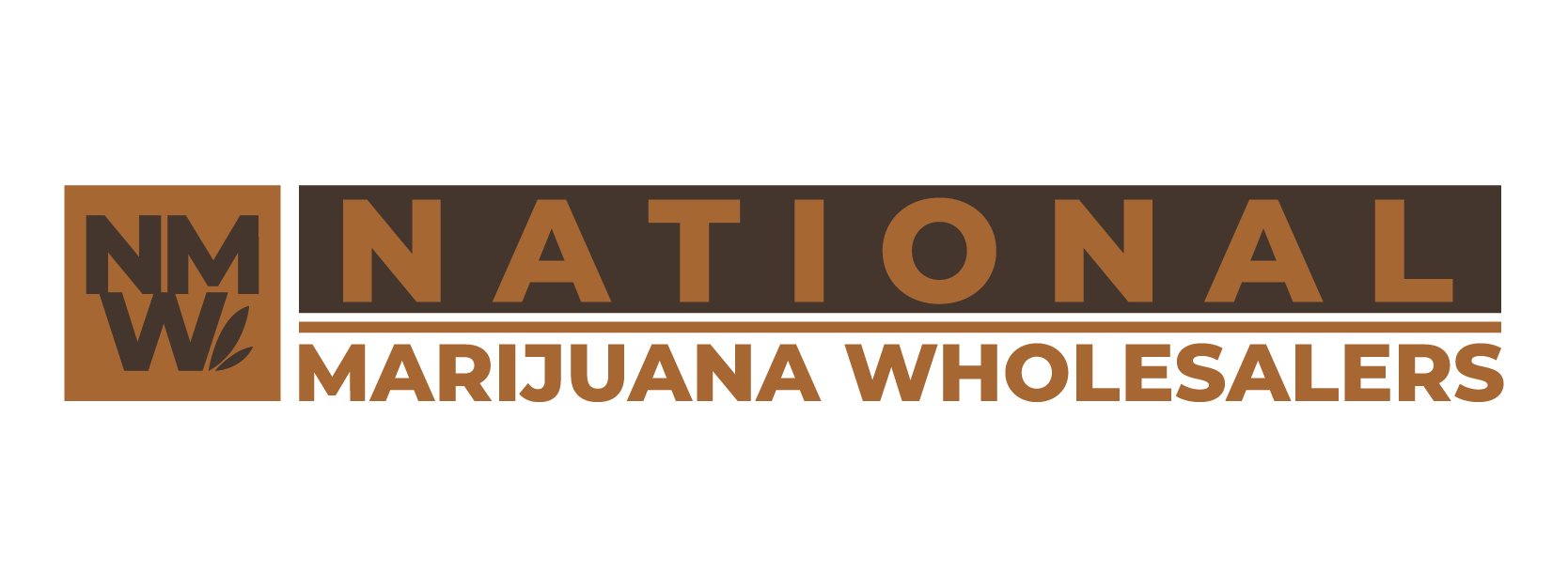Regional tastes don’t just nudge the wholesale market; they reorganize it. Mature West Coast states, fast-growing Midwest markets, and newly opened East Coast programs each pull very different volumes by category, potency band, and price tier. Operators that treat “the U.S. market” as one audience miss the localized mix that retailers actually reorder against.
First, category mix is regional. Over 2024–2025, infused pre-rolls solidified as the fastest-growing format in many adult-use states, regularly accounting for more than 40% of U.S. pre-roll segment share in Headset-tracked markets. That pushes wholesalers toward reliable toll-infusion partners, larger case packs, and flavor/effect variety that matches local menus. In turn, retailers allocate more shelf and promo space to multi-pack or infused SKUs, increasing upstream purchase orders where that preference is strongest.
Second, price is not national. LeafLink’s 2025 Wholesale Pricing Guide—built from real transactions across 18 markets and hundreds of thousands of SKUs—highlights persistent state-by-state spreads for flower, cartridges, concentrates, edibles/ingestibles, and pre-rolls. Mature, oversupplied markets clear bulk flower at materially lower wholesale prices than constrained or newer programs, while emerging states support higher average selling prices across categories. For wholesalers, the implication is simple: localize transfer pricing and pack sizes; the “right” price in Oregon is not the “right” price in New Jersey.
Third, market maturity drives volatility. Headset’s state snapshots show legacy markets such as California and Washington wrestling with compression and flatter unit growth, while newer adult-use states like Maryland ramp quickly from a low base. In flatter markets, wholesale demand concentrates in known-winner SKUs, value packs, and tightly timed promotion calendars. In ramping markets, distributors can move a broader long tail as retailers are still “discovering” bestsellers for their local audience.
Fourth, local rules and channel structure create upstream quirks. California’s 2024 market outlook quantifies consumption (and the unlicensed headwinds) down to the county level, underscoring how taxes, delivery permissions, and enforcement shape legal sell-through. Where delivery is entrenched, baskets skew toward vapes and edibles; where storefronts dominate and tourism is heavy, impulse categories like pre-rolls over-index. Wholesale calendars should mirror those realities—weekend delivery spikes call for earlier hub replenishments, while tourist corridors need steady pre-roll and 1g cart flow.
Fifth, culture shapes formats. Western markets birthed the live-resin and solventless aesthetic and continue to over-index in terpene-forward SKUs, while parts of the Midwest show outsized loyalty to high-THC distillate carts at accessible price tiers. Beverages offer a timely example: Whitney Economics estimates THC beverage sales topped $1.1 billion in 2024, but penetration varies widely by state law and shelf access, so wholesalers see very different re-order rhythms from Minnesota to Michigan to California. Aligning route-to-market (cold chain, canning partners, POS education) to local appetite is what turns trial into velocity.
Sixth, growth is returning—but unevenly. BDSA projected a U.S. rebound in 2024, while stressing that opportunity varies “drastically by market and category.” Translation for wholesalers: build state-specific playbooks. Use sell-through to right-size case packs; tailor potency bands to local norms; rotate limited drops to sustain rate of sale without saturating. In some West Coast metros, a three-tier portfolio (value/core/premium) can defend share against discounting; in emerging markets, leading with compliant supply, on-time delivery, and strong staff education often beats glossy branding.
Operationally, three habits separate winners:
- Dynamic allocation. Keep a single inventory pool but use regional available-to-promise rules so promo waves in Michigan don’t starve Illinois—especially on carts and infused pre-rolls, where demand spikes can be abrupt and short.
- Localized price ladders. Make pricing decisions from live wholesale comps (not anecdotes) and refresh ladders monthly in compression-prone states. LeafLink’s benchmark ranges are a practical anchor for those discussions with brand partners and retailers.
- Retailer intimacy. Quarterly business reviews with top accounts surface micro-preferences—e.g., a coastal county’s consistent tilt toward citrus-forward live resin vs. an inland market’s preference for dessert-leaning distillate carts—that never show up in national averages. Headset’s monthly views help validate those patterns.
The strategic takeaway is straightforward: wholesale demand is regional demand. The operators who map culture, policy, and real sell-through into production schedules and routing consistently outperform those who chase national averages. In cannabis, “where” is often the most important part of “what.”
